Why and How to Talk About Race with Your Children
By Guest Blogger Frank Brown, Director of Diversity, Inclusion & Outreach at Forsyth Country Day School
Does talking about race make you uncomfortable? You’re not alone.
From an early age, we’re taught that some topics simply aren’t polite to discuss – race, religion, and politics come to mind. But by failing to talk about race – especially to our children – are we doing them and society a huge disservice? Absolutely.
Here’s why: it’s a popular myth that kids are naturally colorblind and only learn racist attitudes from adults in their lives, or from other external influences. Research says otherwise.
Young children begin to discern from the earliest stages of their development. They recognize patterns as newborns, separate and group toys by shape, size, and color as toddlers, and by 3 or 4, discern gender and race and often discriminate on these bases. These are natural, biological tendencies and generally occur without outside influence.
As children’s brains soak up information about the world – a process known as transductive reasoning – the brain categorizes that information across multiple dimensions simultaneously. Given that children sometimes lack sufficient context for their experiences, this often results in errors in their understanding of cause-and-effect relationships. When applied to an issue like race, these miscalculations may not only be flawed, but may also negatively impact a child’s ability to relate to others on the basis of race and might also pose challenges with the child’s understanding of his or her own identity. Now – imagine if these perceptions went unchallenged.
 Research shows that talking to kids about race and exposing them to multicultural storylines in videos and books can have a very positive effect – on kids, and ultimately, on society. Here’s how to start the conversation:
Research shows that talking to kids about race and exposing them to multicultural storylines in videos and books can have a very positive effect – on kids, and ultimately, on society. Here’s how to start the conversation:
Use media to your advantage. Television shows can serve as conversation starters between you and your child. Shows like Sesame Street and kids’ books, like Todd Parr’s series, present messages that value diversity in all its forms. Asking your child to think about their own friend groups and the wonderful qualities that make each of their friends different is a great way to reinforce this notion. It also helps with making your child more comfortable with the idea of difference.
Listen to your child. When parents hear their kids make disparaging remarks about others, the common reaction is to silence them. We think kids don’t know what they’re saying. But kids are smart and they often know exactly what they’re saying, but may not realize the impact of their words. Use these opportunities as a time to ask probing questions that allow your child to elaborate on their feelings. It’s important to validate your child’s feelings, but also acknowledge any unfounded ideas.
Be direct. We owe it to our children. When talking with children about challenging topics, parents sometimes allow their own discomfort to impact the experience. They default to vague or euphemistic terms as a common tactic rather than address the issue head-on. Parents put too much pressure on themselves to say the “perfect” words when the “right” words are often the simplest ones. So if you find yourself spending too much time in search of the right words – keep it simple.
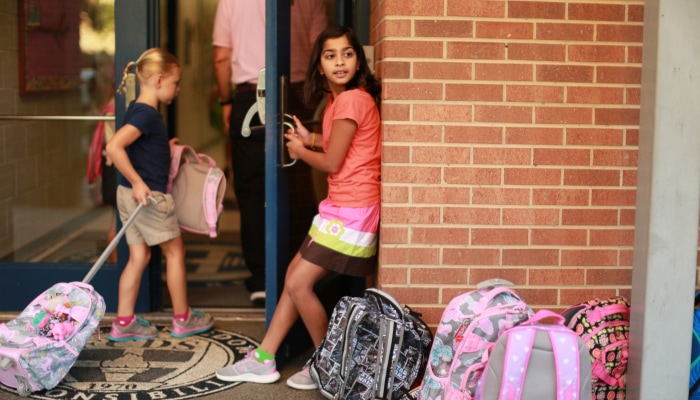 Be biased. It’s easy to point out the ways we differ from one another. It’s more difficult to find common ground, especially when we see ourselves as being different on the surface. Challenge yourself to help your child recognize the similarities they have with children of other races – in their own lives or using media depictions. In turn, this helps your child develop an “in-group” bias, where they begin to demonstrate a preference for others based on shared interests, not appearance.
Be biased. It’s easy to point out the ways we differ from one another. It’s more difficult to find common ground, especially when we see ourselves as being different on the surface. Challenge yourself to help your child recognize the similarities they have with children of other races – in their own lives or using media depictions. In turn, this helps your child develop an “in-group” bias, where they begin to demonstrate a preference for others based on shared interests, not appearance.
Be an example. While it’s important to talk to kids about race, it’s most impactful if kids see positive behaviors modeled. Exposing your child to your own diverse network with individuals of different races is a good way to accomplish this. Seeing these interactions take place with a parent is a major step, because every 5-year-old wants to be like mom or dad! But if you’re thinking that your network is homogeneous, this might also be a good opportunity for you to step outside your comfort zone!
We hope you’ve learned why and how to talk with your child about race. Parents can learn more by reading Nurture Shock.
At Forsyth Country Day School, creating a diverse community in which each member is valued, empowered, and respected is important to us. We welcome students and families from all backgrounds to join our school community! Click here to learn more.
- Sponsored by Forsyth Country Day School

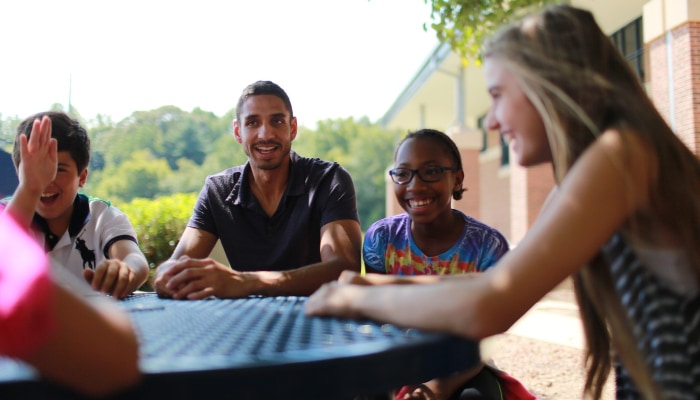

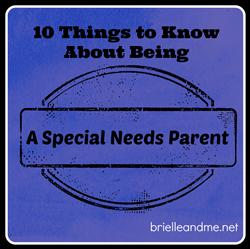
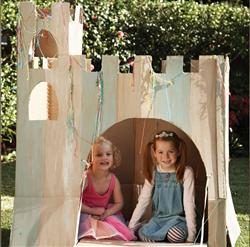


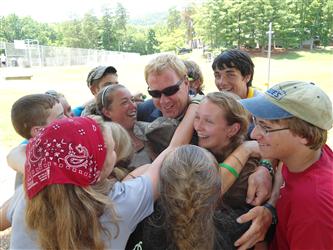
This is a great article! I posted a link below that discusses research that has been done. Worth the read!!
http://www.slate.com/articles/double_x/the_kids/2014/03/teaching_tolerance_how_white_parents_should_talk_to_their_kids_about_race.html
These are great reminders, as well as ideas I had not thought about. Thank you for sharing!